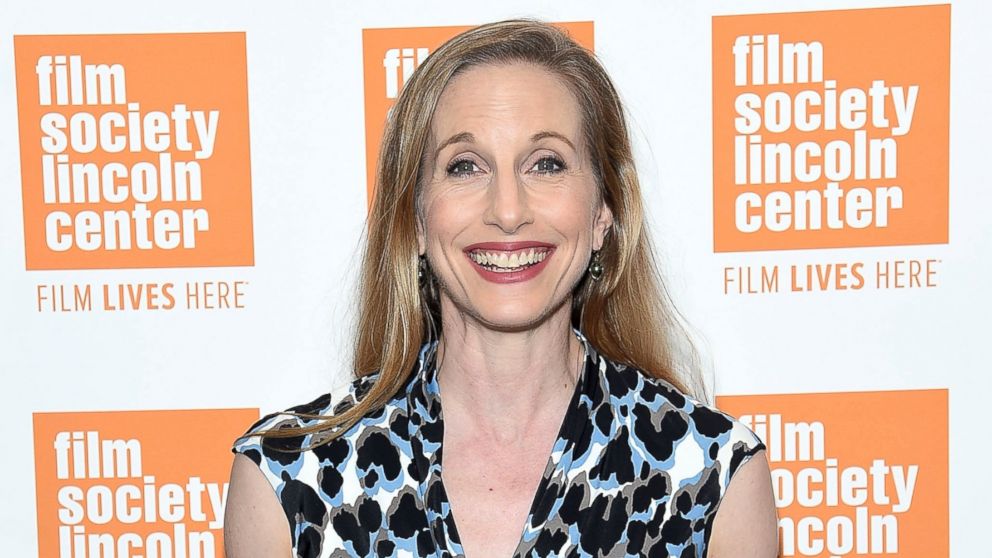Wendy Whelan describes 'sublime human experience' as a principal dancer for the New York City Ballet
Wendy Whelan's routine included 12 hours a day of movement, world travels.

— -- From her first dance lesson at three-years-old in Louisville, to a career spanning more than three decades at the New York City Ballet, Wendy Whelan’s career has been a striking combination of focus, discipline and resilience.
On an episode of ABC Radio’s "No Limits with Rebecca Jarvis", Whelan told ABC News Chief Business, Technology & Economics Correspondent Rebecca Jarvis that "dance is an expression of being human and or being beyond human or being the best human that you know you can be."
Whelan, who moved to New York from Louisville, Kentucky, at just 15 years old, became the New York City Ballet’s principal dancer in 1991. She has also performed on international stages like London’s Royal Ballet and St. Petersburg’s Kirov Ballet.
For years, Whelan said she did "12 hours of movement a day" and ate, slept and breathed her work. Sometimes she had to learn a ballet in a day and perform it that night.
But an unexpected meeting with her boss changed everything.
At 46 years old, Whelan was told she should start thinking of winding down her career as a dancer.
"I knew I wasn’t quite the dancer that I was," Whelan told Jarvis, "but I didn’t think that I was at the level of needing to go."
Rather than hiding in these most vulnerable moments, Whelan shared her story with dignity and grace in the documentary, "Restless Creature: Wendy Whelan," in which she invited cameras to document her life as she struggled with a painful injury and prepared to leave the New York City Ballet.
"I let them into my operating room. I let them into my dressing room the night of my farewell performance," she said. "Letting go of that control is hard, but that’s human and it’s real and it’s life."
Today, Whelan has reached the other side of that pain, she said. She is working on a number of independent dance projects and teaching young ballerinas. Her advice to them?
"I say go for it," she said. "Being able to do what I’ve done, bar none, it is the most sublime human experience I can imagine on so many different levels: the mental, the physical, the collaborative, the creative."